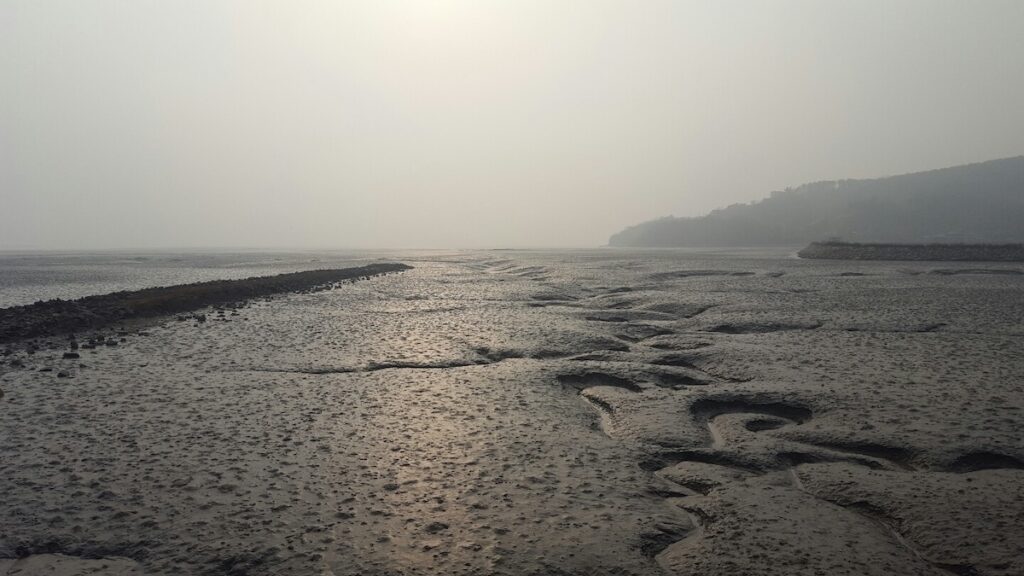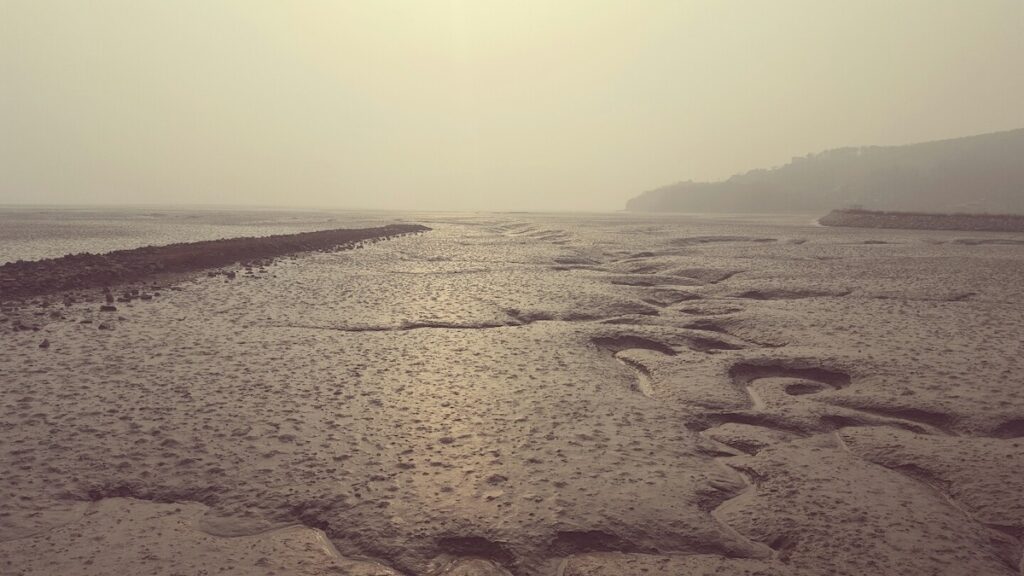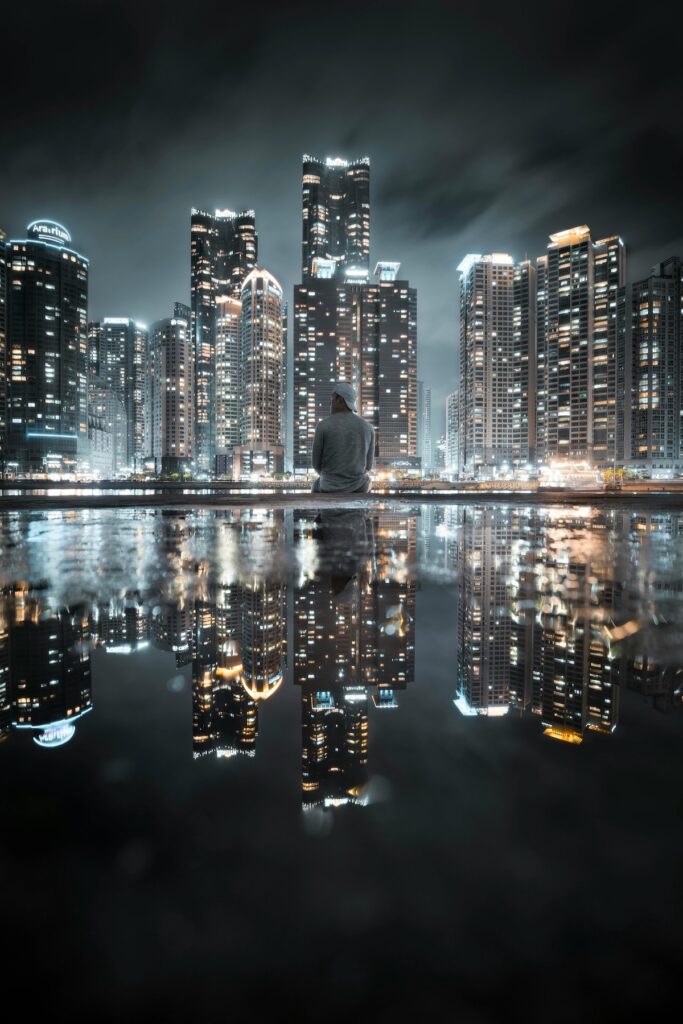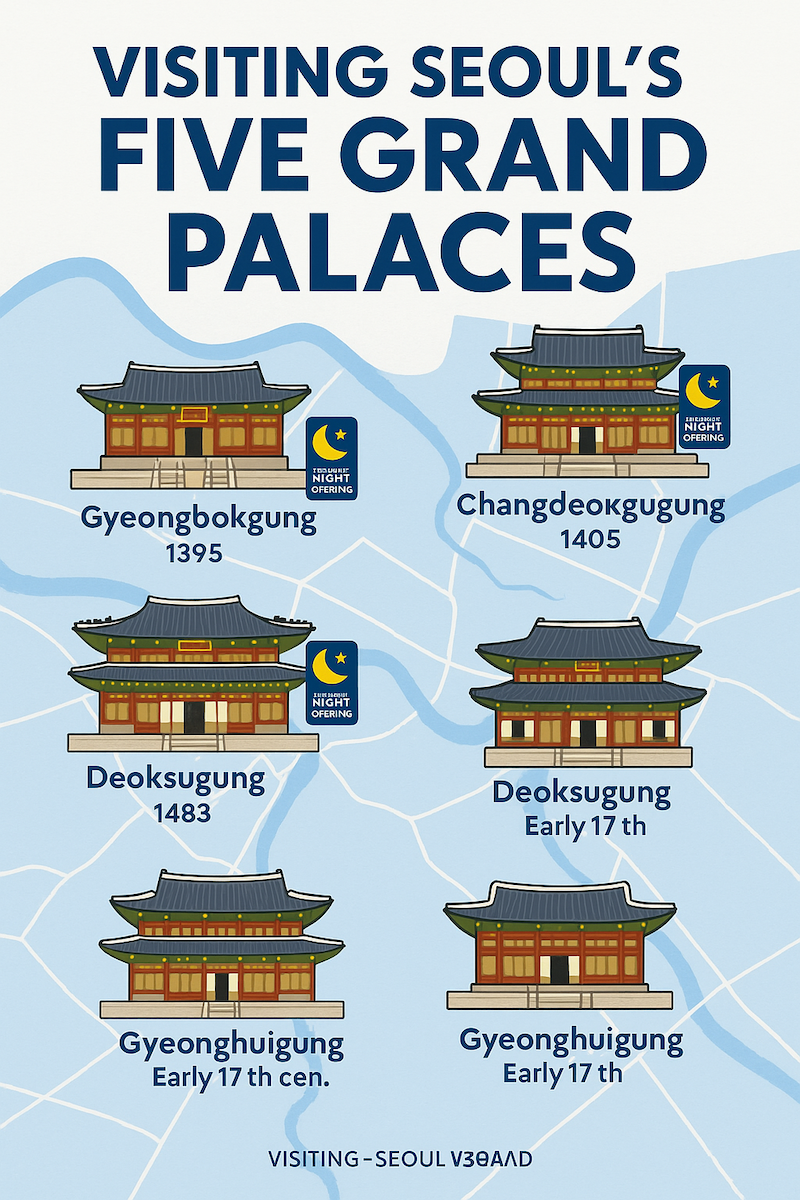Introduction: More Than Just Clam Digging
When foreigners first hear the word “mudflat,” they often imagine people in boots digging for clams under the summer sun. In Korea, however, mudflats (getbol, 갯벌) are far more than just a seasonal activity. They are a UNESCO World Natural Heritage site, a cultural landscape, a habitat for migratory birds, and sometimes even the backdrop for blockbuster films and K-pop music videos.
Especially in autumn and winter, when the weather turns crisp and families gather indoors for holidays like Chuseok and Seollal, foreigners might feel left out of the family-centered celebrations. But this is exactly the season when Korea’s mudflats reveal a different kind of beauty: quiet, reflective, and deeply atmospheric. Visiting a mudflat during the colder months offers travelers not just a sightseeing opportunity but also a glimpse into Korea’s natural rhythm and cultural identity.

1. What Are Korean Mudflats?
Korea’s west coast is lined with extensive tidal flats, stretching from Incheon and Ganghwa Island near Seoul down to Jeolla and Jeju regions. These mudflats are formed by the rise and fall of the tide, exposing wide stretches of wet sand and mud.
- UNESCO Heritage: In 2021, parts of Korea’s tidal flats (Getbol) were recognized as a World Natural Heritage site for their ecological value.
- Global Significance: Korean mudflats are among the largest and most biologically diverse in the world, home to migratory birds, crabs, clams, and countless microorganisms.
- Cultural Value: For centuries, locals have depended on the mudflats for food, harvesting clams, oysters, and seaweed.
But beyond ecology and economy, mudflats have a powerful aesthetic value. In autumn and winter, the vast empty landscapes create a feeling of endlessness, perfect for travelers seeking peace and scenic photography.
2. Why Visit Mudflats in Autumn and Winter?
Most guidebooks recommend mudflat tours in summer, but visiting during the colder months has its own charm.
Quiet and Serene Atmosphere
In autumn and winter, the bustling summer crowds disappear. The mudflats become wide open spaces where you can hear nothing but the wind and waves. This makes the scenery more meditative, almost like walking through a natural art gallery.
Beautiful Sunsets
The west coast of Korea is famous for its sunsets. When the sun drops into the horizon, its light reflects on the wet mudflat surface, creating breathtaking golden and red tones. This “mirror effect” is especially stunning in colder months when the air is clearer.
Migratory Birds
Korean mudflats are critical stopovers for migratory birds. In late autumn, flocks of geese, cranes, and other waterfowl can be seen feeding on the flats. Birdwatchers from around the world travel to places like Suncheon Bay and Seocheon to witness this spectacle.
Unique Winter Landscapes
In some areas, thin ice forms over the mudflat surface in winter, producing surreal patterns and sparkling reflections. Few foreigners experience this side of Korea, making it an off-the-beaten-path adventure.
3. Famous Mudflat Destinations in Korea
1) Ganghwa Mudflats (강화 갯벌, Incheon)
- Closest mudflat experience from Seoul, only about 1.5 hours away.
- Ganghwa Mudflat Center offers exhibitions about ecology and conservation.
- Known for being used in filming historical dramas due to its proximity to the capital.
- Best for day trips if you are staying in Seoul.
2) Seocheon Mudflats (서천 갯벌, Chungcheongnam-do)
- Recognized as part of the UNESCO Getbol Heritage.
- The National Institute of Ecology is nearby, combining nature education with scenic views.
- Popular for both photography and birdwatching.
3) Suncheon Bay Wetland Reserve (순천만, Jeollanam-do)
- Perhaps Korea’s most famous ecological park, known for its reed fields and tidal flats.
- Filming location for several dramas and movies.
- In autumn, the reed fields turn golden, blending perfectly with the mudflat backdrop.
- In winter, migratory birds fill the skies, creating cinematic moments.
4) Shinan Mudflats (신안 갯벌, Jeollanam-do)
- The largest mudflat area in Korea, consisting of countless small islands.
- UNESCO designation highlights its outstanding biodiversity.
- Known as “The Thousand Islands” of Korea, with spectacular views of tidal patterns.
5) Buan & Gochang Mudflats (부안·고창 갯벌, Jeollabuk-do)
- Famous for wide-open views and fishing villages.
- The mudflats here were featured in several K-pop music videos for their surreal, minimalist landscapes.

4. Mudflats in Korean Popular Culture
Film Locations
- Korean filmmakers often use mudflats as settings to symbolize isolation, reflection, or timelessness.
- Movies set in rural fishing communities often include scenes shot on tidal flats.
K-pop Music Videos
- Several K-pop groups have filmed dramatic scenes on mudflats, using the wide horizon and reflective surfaces as symbolic backgrounds.
- The combination of choreography and nature creates powerful imagery loved by fans worldwide.
Photography & Social Media
- Mudflat sunsets are a popular subject on Instagram among both locals and tourists.
- Hashtags like #KoreanMudflat, #SuncheonBay, and #KoreaTravel feature stunning photos that inspire visitors to add mudflats to their itinerary.
5. How to Enjoy Mudflats Without Entering the Mud
If the weather is too cold for physical mudflat activities, you can still enjoy them:
- Observation Decks & Trails: Many mudflat parks have elevated wooden paths and observation towers, perfect for scenic photography.
- Cafés with a View: In regions like Ganghwa and Suncheon, seaside cafés overlook the mudflats, offering warm drinks with panoramic views.
- Eco Centers & Museums: Learn about mudflat ecosystems through interactive exhibits.
- Local Cuisine: After watching the mudflats, enjoy seafood caught from the same waters—clams, crabs, and oysters.
6. Travel Tips for Foreign Visitors
- Transportation:
- From Seoul, Ganghwa and Seocheon are the most accessible by bus or train.
- For Suncheon and Shinan, a longer KTX ride is needed but worth it for the scenery.
- Best Time to Visit:
- Sunset for photography.
- Late autumn to winter for fewer tourists and birdwatching.
- What to Bring:
- Warm clothes, as west coast winds can be strong.
- Camera with wide-angle lens for capturing vast landscapes.
- Binoculars if you enjoy birdwatching.
7. Why Mudflats Are Perfect for Foreigners During Holidays
During Chuseok, Lunar New Year, and other major holidays, many Korean businesses close. Locals travel to their hometowns to meet family. Foreigners often find themselves wondering what to do when shops, offices, and universities are shut.
Mudflats provide the perfect alternative:
- They remain open and accessible.
- They are not crowded like palaces or city attractions during holidays.
- They offer a chance to connect with nature and discover a side of Korea that even many locals overlook.
Instead of staying in your apartment or only visiting city cafés, a mudflat trip lets you experience calm, beauty, and cultural richness during Korea’s most family-centered holidays.
Conclusion: Korea’s Mudflats as Scenic, Cultural Landscapes
Korean mudflats are more than summer playgrounds for clam digging. They are places of silence and reflection, mirrors of the sky, and stages for cultural storytelling. Especially in autumn and winter, mudflats become serene landscapes where sunsets, migratory birds, and cultural memories blend together.
For travelers, they provide a chance to experience Korea beyond the city lights—an encounter with nature, heritage, and even the global culture of K-pop and film.
So, if you are a foreigner spending holidays in Korea and wondering what to do while locals gather with family, remember the mudflats. Dress warmly, bring your camera, and discover one of Korea’s most underrated yet unforgettable landscapes.

